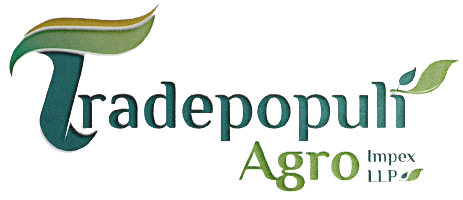Content
They balance because equity includes retained earnings—a residual amount determined by the recognition criteria that are applied to assets and liabilities. A balance sheet is a snapshot in time, illustrating the current financial position of the business. At the end of an accounting period, the income statement is created first, https://menafn.com/1106041793/How-to-effectively-manage-cash-flow-in-the-construction-business and then the company can decide where the allocation of cash and earnings will go. The liability includes the sum of the non-current and current liability. It may consist of accounts payable, deferred revenue, lines of credit, short-term debt, long-term debt, capital leases and other aspects of the financial statements.
- We have taken reasonable steps to ensure that any information provided by The Motley Fool Ltd, is accurate at the time of publishing.
- A balance sheet is a financial statement that presents a company’s financial position at a specific point in time.
- Assets are listed on the balance sheet at their transaction value, which may be very different from the market value.
- In this article, we highlight what the term means, why retained earnings important and how to calculate them.
- The capital would ultimately belong to you as the business owner.
The balance sheet on the other hand isn’t so obvious for the average non-finance savvy small business owner. If you’re concerned about cash flow then the balance sheet report can help. You, or your accountant, can interpret the balance sheet report to see how much you owe, and how much you have in liquid assets to pay off any debt. One important aspect of the balance sheet is that it presents a company’s financial position at a specific point in time. This means that it is a snapshot of the company’s financial situation at a particular moment, and it does not reflect any changes that may have occurred since that time.
Breaking down the balance sheet
Stocks listed on overseas exchanges may be subject to additional dealing and exchange rate charges, administrative costs, withholding taxes and different accounting and reporting standards. They may have other tax implications, and may not provide the same, or any, regulatory protection. Exchange rate charges may adversely affect the value of shares in sterling https://www.thenina.com/retail-accounting-as-a-way-to-enhance-inventory-management/ terms, and you could lose money in sterling even if the stock price rises in the currency of origin. Any performance statistics that do not adjust for exchange rate changes are likely to result in an inaccurate portrayal of real returns for sterling-based investors. Finally, to round off the asset and liability picture, we come to non-current liabilities.
Is retained earnings assets minus liabilities?
To calculate retained earnings subtract a company's liabilities from its assets to get your stockholder equity, then find the common stock line item in your balance sheet and take the total stockholder equity and subtract the common stock line item figure (if the only two items in your stockholder equity are common …
Machinery, buildings, land, vehicles, computers, equipment, furniture, software are examples of… Failures relating to submissions and payments for periods starting before 1 January 2023 will continue to be dealt with under the default surcharge regime and old interest rules. The amount that the company can contribute in respect of an owner manager should reflect retail accounting the input provided by the owner manager to the company. There is an annual cap however it is also possible to utilise unused allowances for earlier years. Approved Recovery Limited’s Insolvency Practitioners are licensed and regulated by the Insolvency Practitioners Association. Maintaining an exemplary compliance record is fundamental to our business.
Understanding retained profit and what it means for you
At the end of the year companies may propose or declare a dividendto the ordinary shareholders (i.e. tell the shareholders the amount of adividend to be paid after the year-end). This is a final dividend.These dividends have to be approved at the annual general meeting and therefore cannot be a liability pre year-end and will not beexamined. Custard Creameries is an incorporated business which needs toraise funds to purchase plant and machinery.






